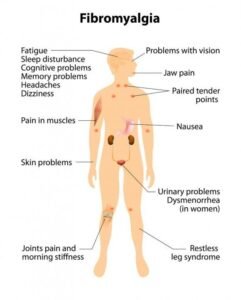Person Years and Person Months in Research Studies
Understanding Person-Years and Person-Months in Research
What Are Person-Years and Person-Months?
In longitudinal research studies, especially those spanning several years, researchers often use the terms person-years or person-months to measure time. These terms account for both the number of participants and the amount of time each person contributes to the study.
For example, a study involving 1,000 people followed for one year produces 1,000 person-years of data. Similarly, if 100 individuals are tracked for ten years, the result is also 1,000 person-years. While the number of participants differs, the total exposure time remains the same.
The Role of Person-Time in Survival Analysis
Person-time is especially important in survival analysis, a statistical approach used to determine how long it takes for a particular event to happen within a group. Originally created to analyze mortality, survival analysis is now used in many fields such as medicine, economics, and public health.
One major advantage of survival analysis is its ability to account for participants who drop out before a study ends. Even if a person doesn’t complete the full study period, the time they did contribute is still included in the results, offering a more comprehensive analysis.
Real-World Examples of Person-Years in Health Research
Studies focused on sexually transmitted infections (STIs) frequently rely on person-years for accurate analysis. Some notable examples include:
Hepatitis C and Blood Clots (2015)
Researchers found that individuals infected with hepatitis C (HCV) had a higher risk of developing deep vein thrombosis (DVT), although there was no significant increase in pulmonary embolism (blood clots in the lungs).
HIV and Long-Term Nonprogressors (2014)
This study examined people with HIV who did not develop AIDS for more than a decade. It found that although some avoided progression for years, most eventually developed AIDS without medical treatment.
Chlamydia and Fertility Challenges (2013)
A study on women undergoing infertility treatment showed that those with a history of chlamydia were less likely to conceive naturally without IVF. Importantly, it wasn’t just about whether pregnancy occurred, but how long it took to achieve it.
Why Time Matters in Research Studies
Time is often a critical variable in research. In fertility studies, for instance, the duration it takes to achieve pregnancy can influence both treatment strategies and patient expectations. It’s not just about outcomes—it’s about when they happen.
💡 Frequently Asked Questions
What is a person-year in simple terms?
A person-year represents one individual participating in a study for one full year. Multiply the number of participants by their individual participation time to calculate person-years.
Why not just count the number of participants?
Because people may join or leave the study at different times. Person-time offers a more accurate and flexible way to measure exposure.
Is survival analysis limited to healthcare research?
No. Survival analysis is also used in industries like insurance, finance, and engineering—any field where understanding the timing of events is essential.
⭐ Expert Tips
Use person-years when studying large populations or rare events over long periods
Design your study to include time-based variables for better accuracy
Choose survival analysis for studies with variable follow-up periods or participant dropouts
✅ Key Takeaways
Person-years and person-months offer a clear measure of study exposure over time
Survival analysis allows researchers to include partial data from participants who exit early
Timing plays a central role in outcomes for studies on disease progression and treatment success
📣 Join Our Research Community
Want to stay updated on research methods and data analysis techniques?
Subscribe to our newsletter for expert tips, practical guides, and study examples delivered weekly.
Subscribe Now


